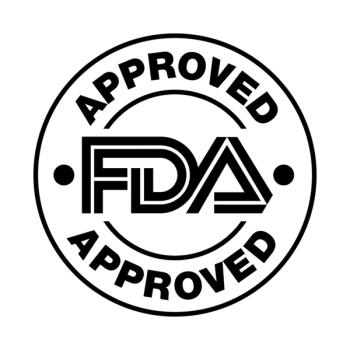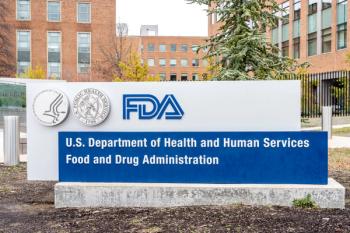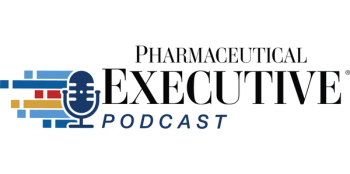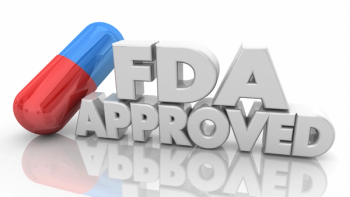
The Rx Industry, PBMs, and Obamacare
A significant, though as yet not fully understood player in the launch of Obamacare is the pharmacy benefit manager (PBM) industry.
A significant, though as yet not fully understood player in the launch of Obamacare is the pharmacy benefit manager (PBM) industry. This uncertainty, due in part to the current Obamacare IT chaos, has more than a few Rx leaders worrying about how the PBMs tied to insurers in the program will end up impacting their businesses.
But beyond the software issues, what else is uncertain about PBMs in the new program? Part of it is based on the many different PBM concepts that are currently playing out in the general Rx insurance marketplace. Each PBM is delivering
However, if history is any guide, it’s not hard to see how the potential impact of PBMs in Obamacare will be significant. Indeed, several industry reps who spoke to me on this subject said they already know how this will turn out. As one put it, “Just look at how the PBMs are currently behaving in the other insurance markets.”
Short history of PBMs
To some in the Rx industry, it may come as a surprise to learn that the US PBM industry is not a new concept. In fact, the original PBM firms started in the 1960’s, making the business nearly 50 years old.
Back then,
Desperate for processing help, the insurers turned to new entities known as “pharmaceutical benefit managers” that promised to deal with the mess. The PBMs delivered, and following their initial success, insurers began
Fast forward to today, and you now have huge PBM concerns that have evolved into broad Rx management concerns. Frequently referred to as the “power players in the pharmaceutical supply chain,” their services include Rx pricing, value assessment, access criteria, patient compliance, and various disease management strategies.
Scope of PBM’s in Obamacare
Given what the 2013 PBMs have turned into, what should Rx manufacturers expect from them under Obamacare?
Writ broadly, PBMs working in Obamacare for insurers are going to be responsible for aggregating the buying clout of millions of new enrollees. The expected result? Obamacare patients theoretically will receive lower prices for their prescription drugs as the PBMs drive Rx manufacturer discounts through dispensing fee reductions from retail pharmacies; rebates on products from pharmaceutical manufacturers; and, likely, a major step up in the utilization of mail-order pharmacy.
Competition among PBMs
Based on what they are currently experiencing in the real world, PBMs in Obamacare will be extremely competitive. While as many as
As mentioned, each of the Big Five is dedicated to different insurance service points and niches. For instance, CVS Caremark works exclusively with CVS retail chain pharmacies; while Optum Rx is linked directly to United Health Care. As such, each has
However, no matter which concept may prevail, several Rx reps I spoke to said there’s no mistaking what the PBM’s collective goal for Obamacare is: Driving down the cost of Rx services.
The Model PBM Markets
Even though the specifics of how the Obamacare PBMs will be operating are not known, I was told by many that if you want to understand how this new Obamacare PBM market is likely to play out, you should look to other insurance markets for insight. In particular, they said, the PBM operations in the Medicare Part D marketplace and even more to the point, the Rx services being offered by PBMs in the new private health exchanges, will provide a sense of the PBM offerings to be provided in Obamacare.
Part D and PBMs
To begin, let’s look at the highly successful Part D Medicare Rx program. This nearly 10 year old public Rx plan for seniors is a success because for the past five years private insurance companies have provided Rx polices that have
An important fact in the Part D story is that the infusion of PBMs into the Part D insurance programs continues to expand. According to a recent report appearing in Drug Channels, PBM utilization in Part D programs will hit a new percentage high next year: “72% of the nearly 1,200 regional prescription drug plans [in Part D] will have a
Why are the Part D plans ramping up the use of PBMs? As
“Private Health Exchanges” and PBMs
Perhaps an even more important PBM real world example is what is going on right now in the private health exchange environment. This is because it closely resembles the insurance concept planned for Obamacare.
Over the past few months, several large companies(
This approach differs from today’s “defined benefit” insurance plans in which the PBMs are frequently “carved out” of the general health benefit and stand alone as separate services. PBMs do save the insurer money in this environment, but it’s thought they could save more if they were “carved in” to the insurance offering.
“Self Insured” v. “Fully Insured” Under “Defined Benefit” Care in Private Exchanges
So what happens to PBM service in “defined contribution” insurance? In the case of the “self insured” approach, PBMs may or may not be utilized in the delivery of Rx services. However, under a “fully insured” structure, the insurance company will generally “
How does that impact the PBM formularies in the new private health exchanges? It’s not hard to understand that under these new PBM services will be every bit as restrictive as the old “carved out” PBM was under the “defined benefit.”
Going forward, an employer’s desire to cut health costs under the “defined contribution” plans will likely intensify competition among the Big Five PBMs. The end result? Even more restrictive formularies and more demands for rebates from the Rx manufactures.
What should Rx Manufacturers expect from PBMs operating under Obamacare insurance offerings?
Let me answer the question this way:
-If you agree that PBMs have been a primary driver of the “success” of the Medicare Part D drug insurance program for nearly a decade by consistently driving down the costs of Rx drugs through constant demands for higher rebates from drug manufacturers;
-And if you understand what is now occurring in the private health exchange insurance plans and the significant impact that PBMs are having on the pharmacy programs in those “defined benefit” “fully insured” plans;
Then I think any Rx product manager or brand marketing team should expect that those same PBMs will be operating in the Obamacare public health exchanges. In other words, at a minimum, get ready for more of the same under this new program.
What about the idea that PBMs operating in Obamacare insurance plans may be even more restrictive than the Part D or private health exchange plans?
One PBM veteran I spoke to said likely not. “Most PBMs will be smart about this. They won’t discourage proper drug utilization if the clinical evidence indicates that broader Rx choice will result in lower overall medical costs.”
However, there is mounting evidence that seems to contradict this kind of practical thinking. As stated in a recent issue of
Will the Big Five PBMs bring this new, aggressive national position on generic and therapeutic substitution to the Obamacare insurance offerings? I’d say you better plan on it.
Tom Norton is principal at NHD Smart Communications. He can be reached at tnorton@nhdcomm.com.
Newsletter
Lead with insight with the Pharmaceutical Executive newsletter, featuring strategic analysis, leadership trends, and market intelligence for biopharma decision-makers.





